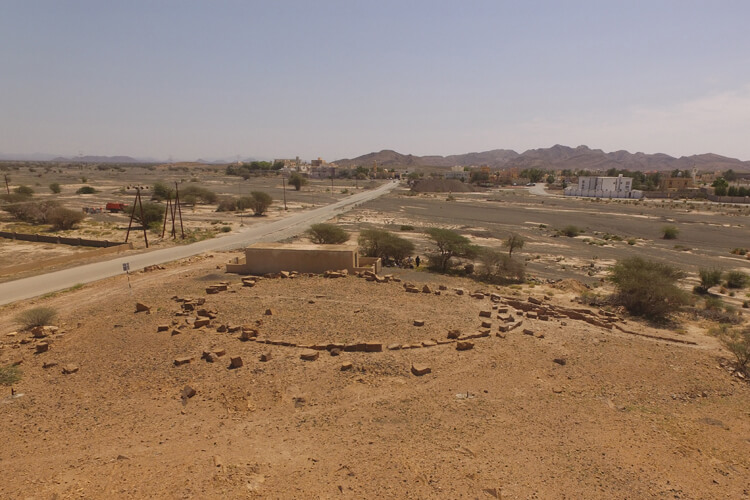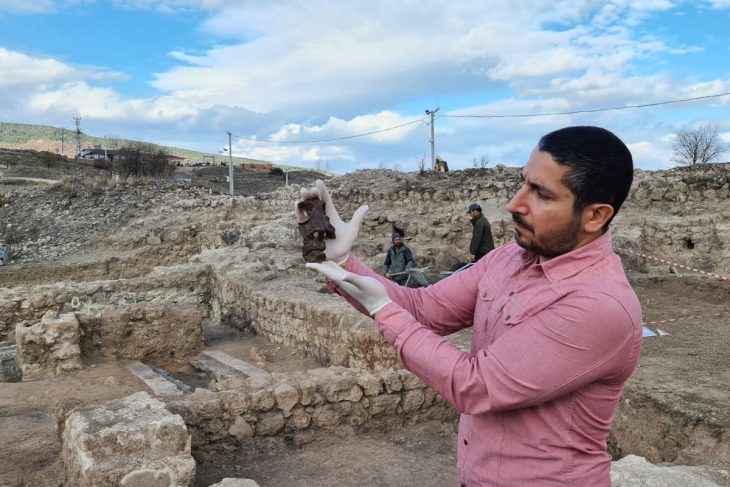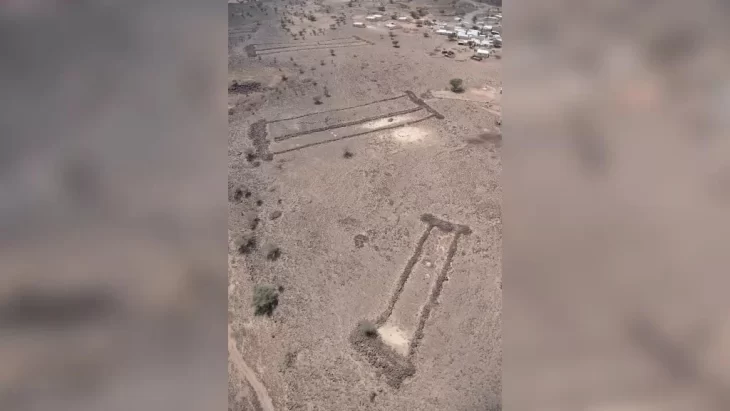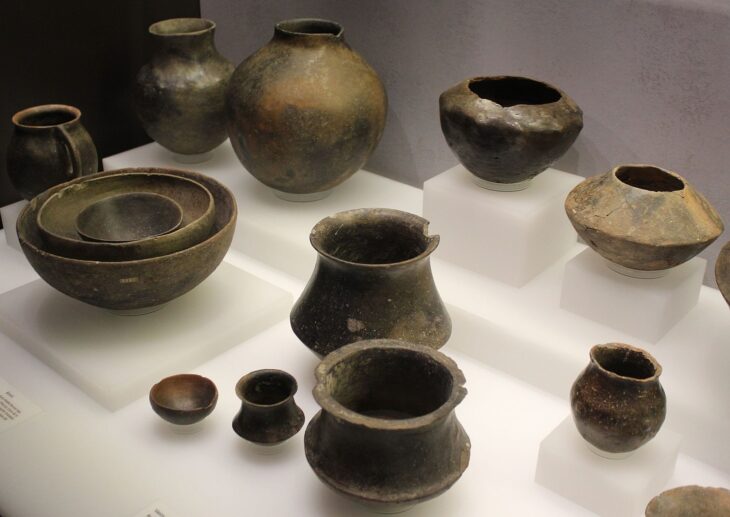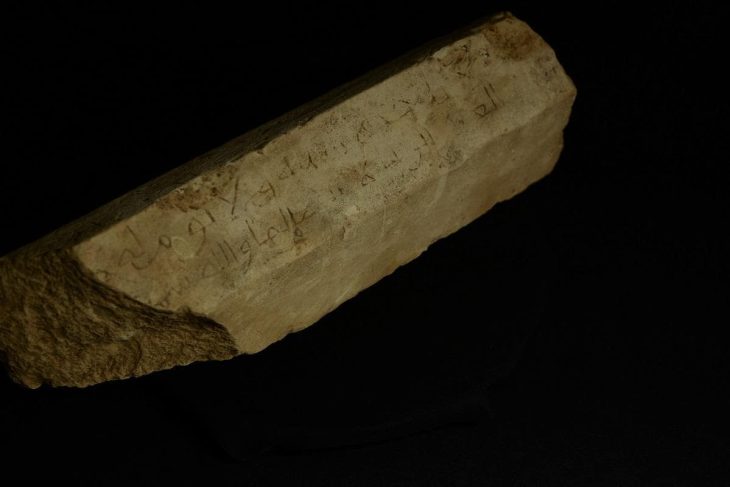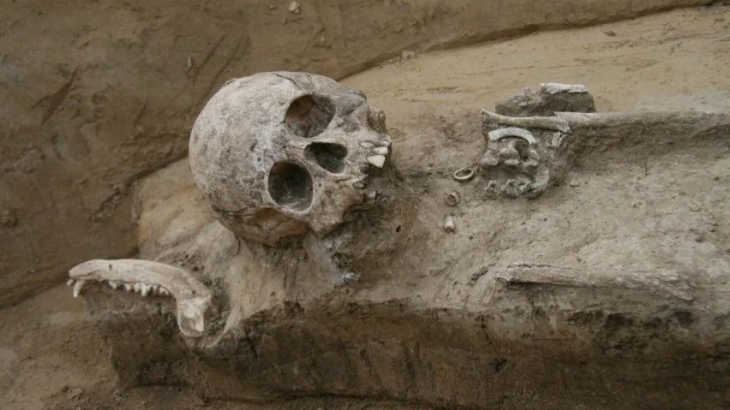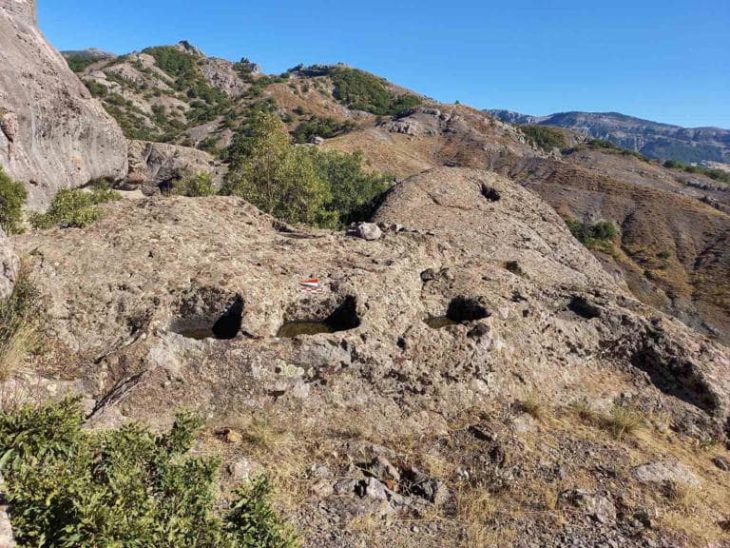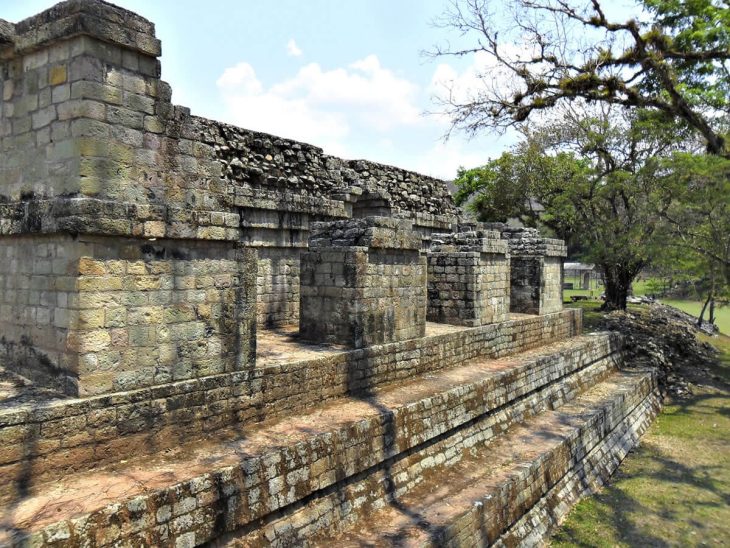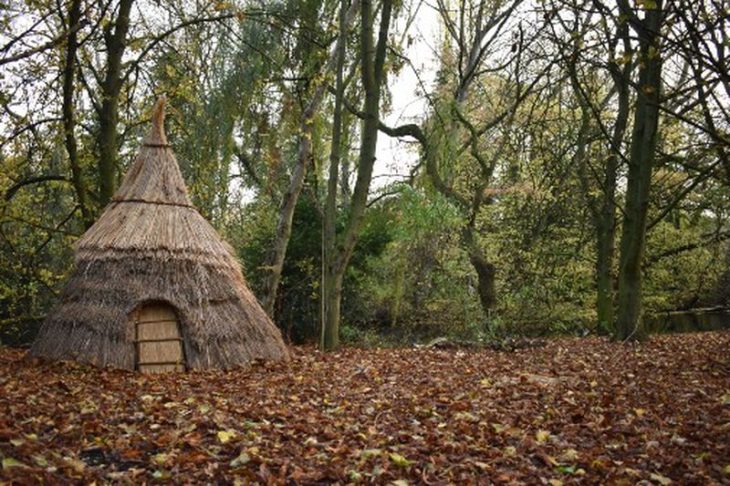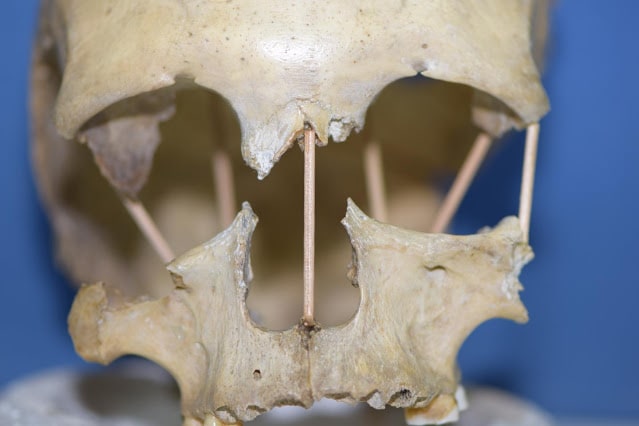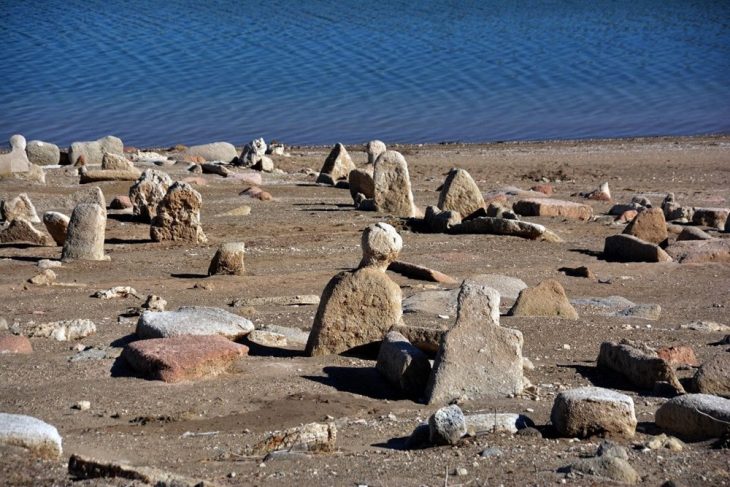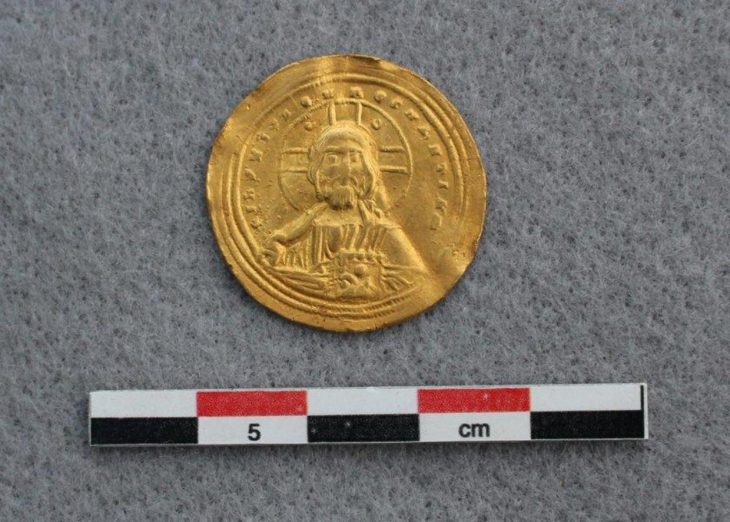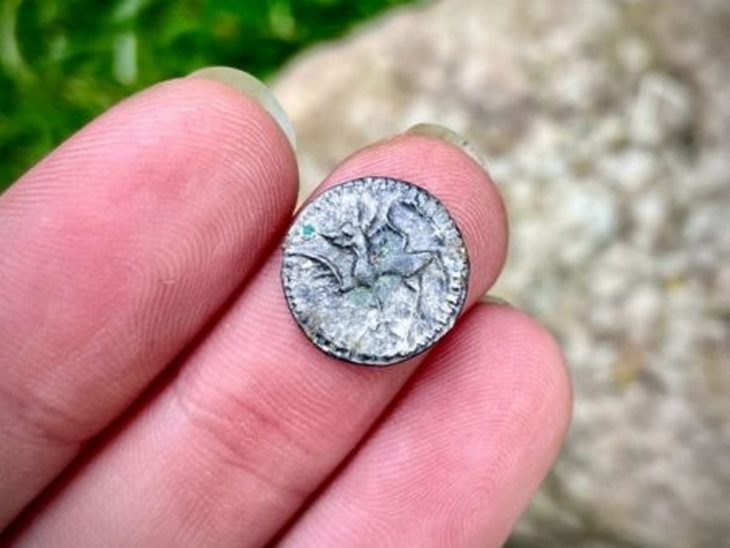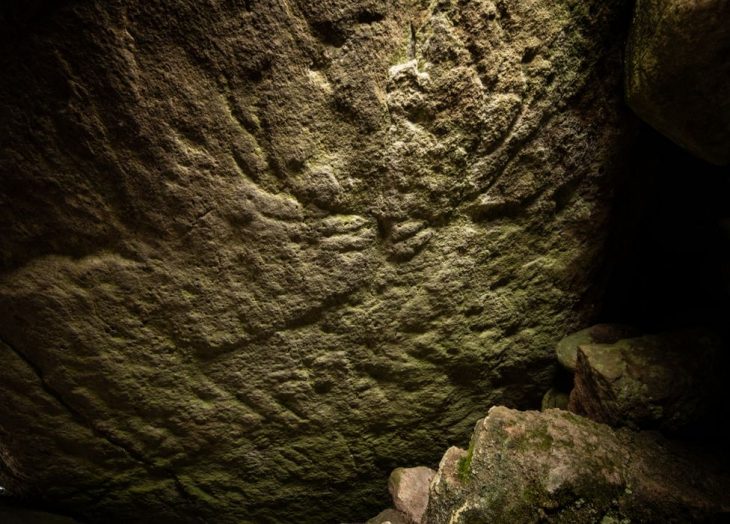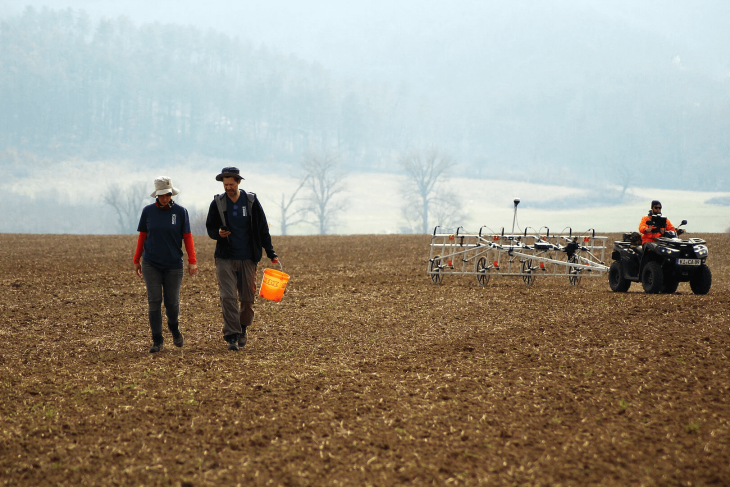The ancient Bronze Age towers scattered across Oman, dating back nearly 5,000 years, have long been a subject of curiosity and speculation. Initially believed to be simple watchtowers or defensive structures, these enigmatic remnants of the past are now revealing deeper secrets, thanks to the dedicated research of German scholar Prof. Stephanie Dopper.
For centuries, the Bronze towers of Oman have stood as silent sentinels, their true purpose shrouded in mystery. While many historians and archaeologists have dismissed them as mere fortifications, Prof. Dopper’s extensive studies suggest a more complex role in the region’s history.
Prof. Stephanie Dopper, a junior professor of digital humanities for ancient Near Eastern studies at the University of Würzburg, has long been captivated by the Bronze Age towers of Oman. Her passion has culminated in the publication of her new book, Landmarks of Identity: Bronze Age Towers of the Oman Peninsula, released by Archaepress Publishing Ltd in collaboration with the Ministry of Heritage and Tourism (MoHT).
Part of the Archaeological Heritage series, Dopper’s book explores nearly 100 Bronze Age towers that date back to the third millennium BC, offering fresh insights into their historical and cultural significance.
Prof. Dopper’s research indicates that the towers were strategically placed to monitor trade routes and facilitate interactions between different communities.
While earlier scholars primarily viewed these structures as military fortifications, Dopper’s research reveals a much broader spectrum of functions. According to her findings, these towers served as long-distance trade hubs, centers for copper production, and even social and ceremonial spaces.
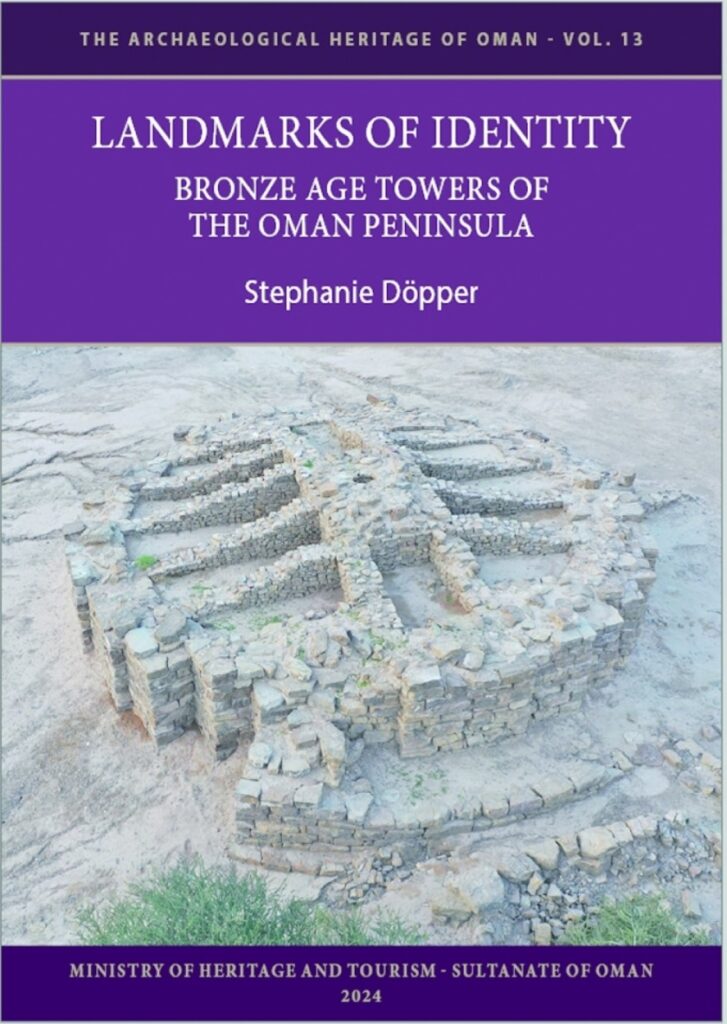
One of the book’s key revelations is that the term “tower” may be misleading. Early archaeologists named these structures after the mud-brick towers of Islamic fortresses, but modern research indicates that they were actually raised platforms, only a few meters high.
Dopper’s work highlights the intricate connections between these towers and the region’s copper processing activities, as well as their roles in water management systems, which included wells and ditches. Many of these structures likely functioned as communal gathering spaces for trade, rituals, and social activities, challenging the long-held perception of their purpose.
In her book, Prof. Stephanie Dopper reveals that the inhabitants of Oman 5,000 years ago were not merely surviving; they were thriving through remarkable technical expertise and innovative resource management.
The construction of at least 100 monumental structures stands as a testament to their advanced engineering skills and deep understanding of their environment. In a land where rainfall is scarce and water sources are limited, these early societies demonstrated extraordinary resilience and ingenuity. Their ability to harness available resources and create lasting architectural achievements reflects a sophisticated civilization that was well-adapted to its challenging surroundings.
As Prof. Dopper continues to unravel the mysteries of Oman’s Bronze Age towers, her research not only enriches our understanding of ancient civilizations but also emphasizes the importance of preserving these historical landmarks. Landmarks of Identity stands as a significant contribution to the field, inviting both scholars and the general public to appreciate the complex heritage of the Oman Peninsula.
Landmarks of Identity: Bronze Age Towers of the Oman Peninsula (Note: The link will direct you to the sales site)
Cover Image Credit: Al Khashbah Building V at the beginning of excavation. Archaeoman

